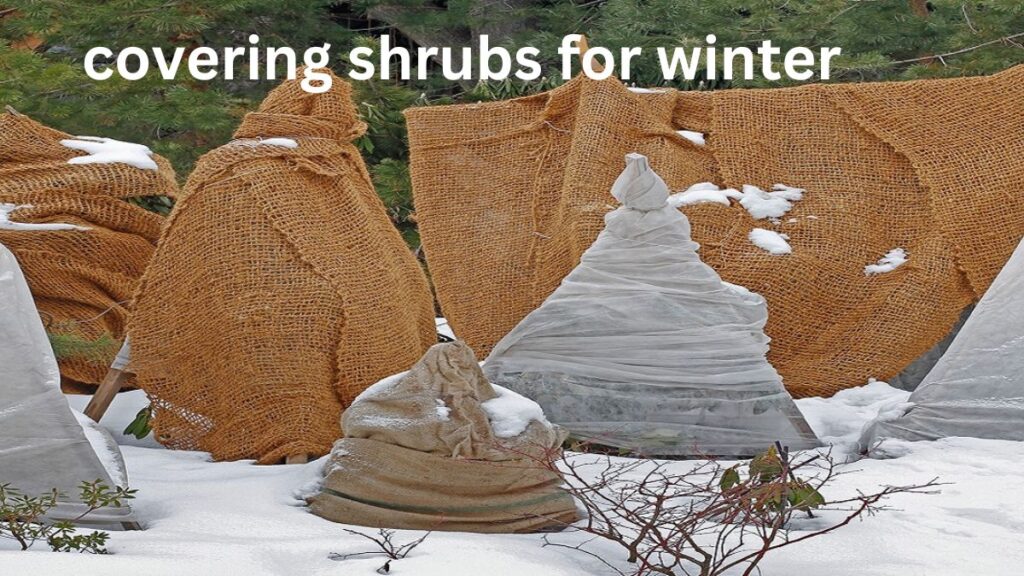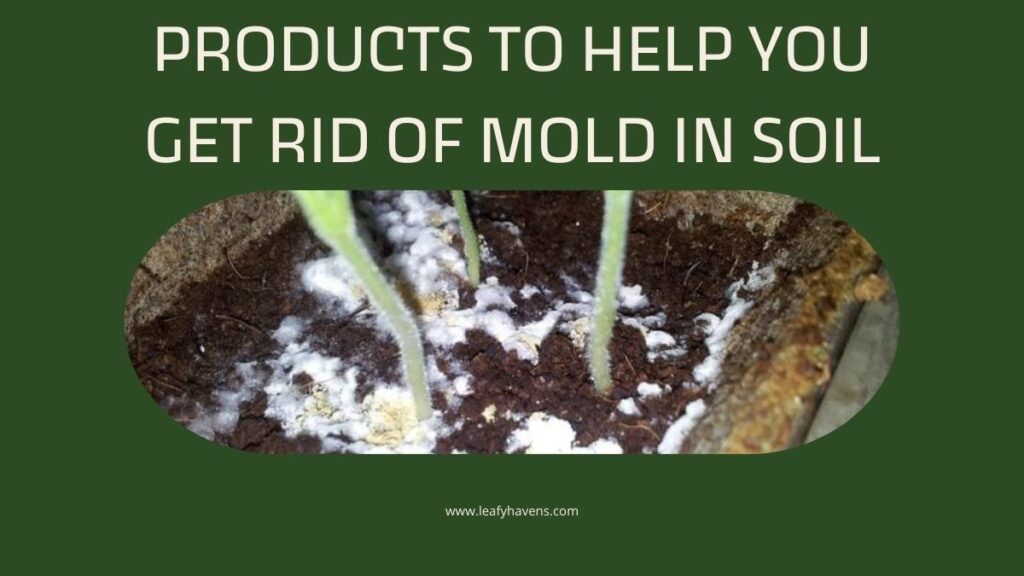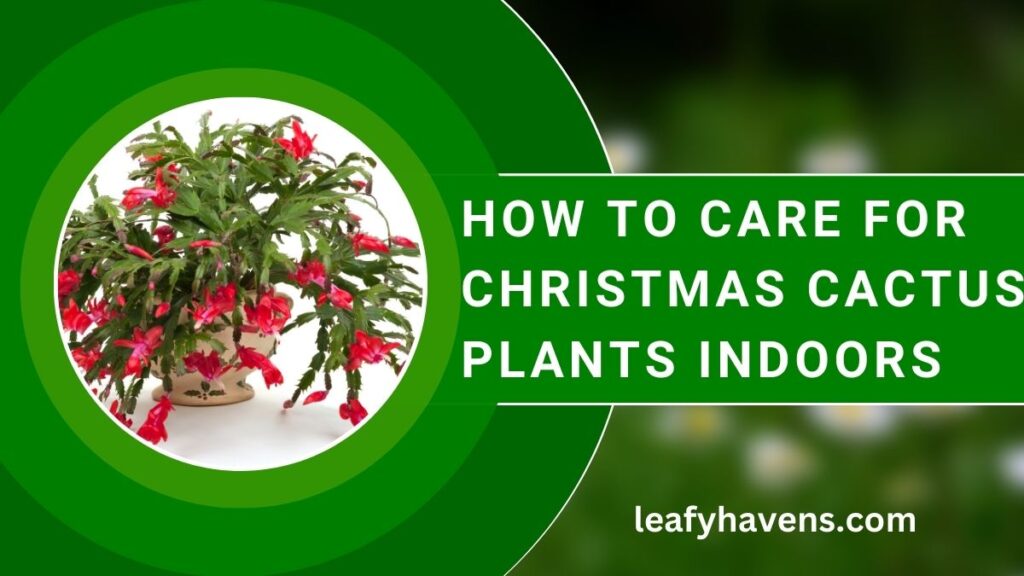The way that nature balances itself is fascinating, and the link between caterpillars and leaves is one that is worth examining. Caterpillars may appear to just damage plants by consuming their leaves, but there is more to the story than that. This article will examine the relationship between leaves and caterpillars in detail, show how these interactions affect plants, and investigate whether are leaves helped by caterpillars in any unnoticed ways.
You may want to read: How to Get Rid of Gnats in Your House Plants
The Role of Caterpillars in Ecosystems
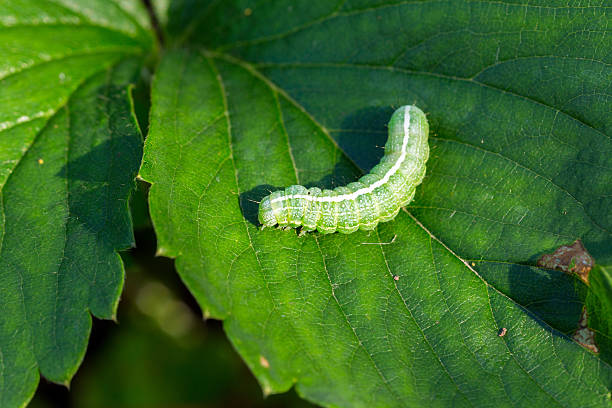
Caterpillars, the larvae of butterflies and moths, play a critical role in maintaining ecological balance. While they are known for their voracious appetite, how caterpillars affect plants goes beyond simple feeding.
- Food for Other Species: Caterpillars are a vital food source for birds, reptiles, and other animals. This ensures that plants hosting caterpillars indirectly contribute to the food web.
- Pollination Assistance: Many species of moths and butterflies (which caterpillars turn into) aid in pollination, helping plants reproduce.
- Soil Enrichment: Caterpillars often drop frass (a fancy term for insect poop) as they feed, which acts as a natural fertilizer for the soil.
By understanding the role of caterpillars in ecosystems, we see their value extends far beyond their seemingly destructive eating habits.
Do Caterpillars Benefit Leaves?
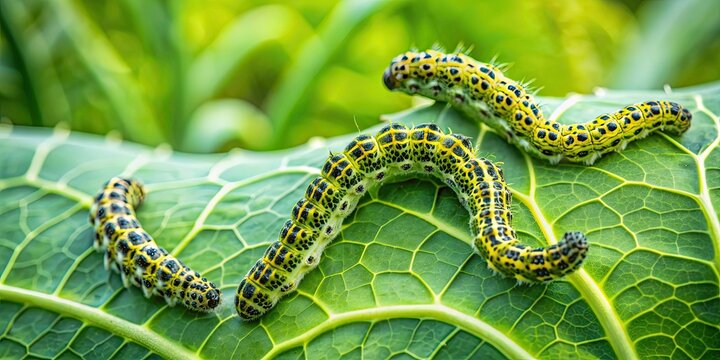
It might sound surprising, but do caterpillars benefit leaves? The answer is yes—indirectly. While caterpillars chew on leaves, they also trigger certain plant defense mechanisms. These responses include:
- Stronger Leaves Over Time: Plants develop tougher leaves and natural chemicals to deter future herbivores, making them more resilient.
- Increased Biodiversity: Caterpillar activity often attracts beneficial predators like ladybugs, which help control other harmful pests.
- Improved Soil Quality: The nutrients returned to the soil through caterpillar frass support plant health, fostering better leaf growth.
This dynamic illustrates how plants adapt and thrive despite—or even because of—caterpillar feeding.
Caterpillars Eating Leaves Impact on Plant Growth
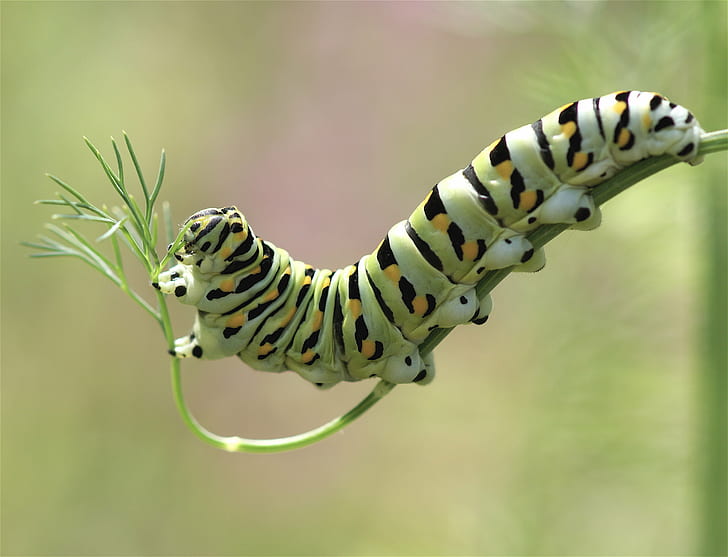
One of the biggest concerns gardeners and plant lovers have is the caterpillars eating leaves impact on plant health. It’s true that heavy infestations can damage plants, but moderate feeding has some surprising upsides:
- Pruning Effect: Caterpillars often target older, weaker leaves. By removing them, plants can redirect energy to newer, healthier growth.
- Stimulated Growth: Damage to leaves can sometimes trigger plants to grow faster or produce more flowers and fruit.
- Natural Pest Management: The presence of caterpillars can attract predators that keep more dangerous pests in check.
So, while caterpillars do consume leaves, they often leave plants stronger in the long run.
How to Protect Plants While Supporting Caterpillars
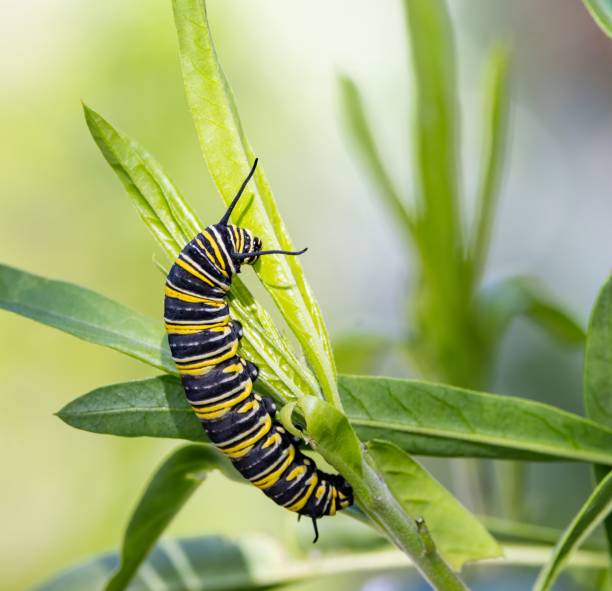
Balancing the leaves and caterpillars relationship requires a thoughtful approach. Here’s a step-by-step guide to managing caterpillars without harming plants:
- Observe the Damage: Check if the caterpillar feeding is moderate. A few chewed leaves are usually not a problem.
- Introduce Natural Predators: Attract birds or beneficial insects like lacewings to your garden.
- Provide Decoy Plants: Plant fast-growing species nearby to divert caterpillars away from your prized plants.
- Use Organic Solutions: Neem oil and insecticidal soaps can control caterpillars without harming beneficial species.
- Encourage Pollinators: Support butterfly populations by providing nectar-rich plants and reducing pesticide use.
A New Perspective on Caterpillars and Leaves
Understanding are leaves helped by caterpillars sheds light on the complex and interconnected world of plants and insects. Despite their reputation as pests, caterpillars are vital to ecosystems because they improve soil, increase biodiversity, and occasionally even help the plants they eat.
You may control caterpillar activity in your garden and accept their function as nature’s tiny assistants by using the appropriate techniques. Their existence is evidence of the beauty of ecological equilibrium and the tenacity of plants.
FAQs About Caterpillars and Leaves
1. Do caterpillars benefit leaves or just eat them?
Caterpillars primarily feed on leaves, but their presence can strengthen plants over time by triggering defense mechanisms and attracting beneficial predators.
2. How do caterpillars affect plants overall?
Caterpillars contribute to the ecosystem by enriching the soil, pruning weaker leaves, and fostering biodiversity in gardens and natural habitats.
3. Can caterpillars harm all plants equally?
No, caterpillars typically prefer certain plant species and may avoid those with tougher leaves or natural deterrents like strong scents.
4. What’s the best way to manage caterpillars in a garden?
Use natural predators, decoy plants, and organic sprays to manage caterpillar populations without disrupting the ecosystem.
5. Why do caterpillars eat leaves so voraciously?
Caterpillars need to store energy for their metamorphosis into butterflies or moths, which is why they consume so many leaves during their larval stage.


